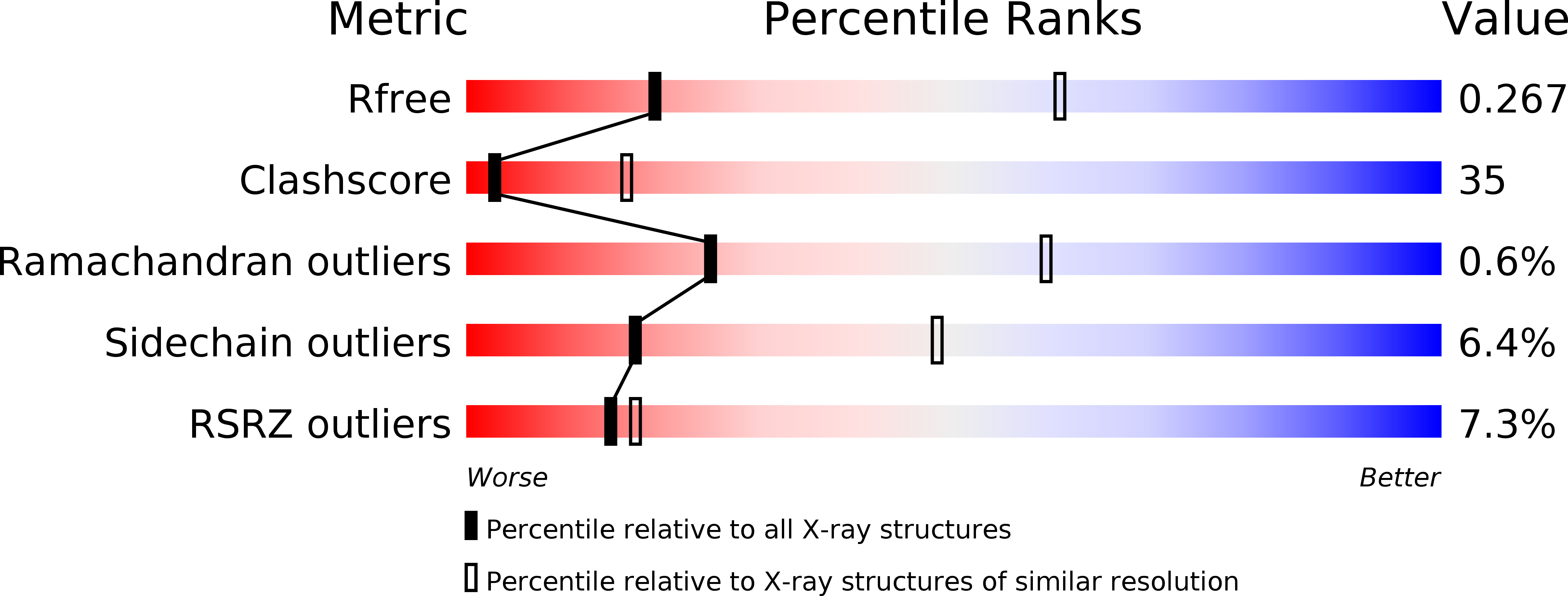
Deposition Date
2018-12-12
Release Date
2019-02-06
Last Version Date
2023-10-11
Method Details:
Experimental Method:
Resolution:
3.35 Å
R-Value Free:
0.27
R-Value Work:
0.19
R-Value Observed:
0.20
Space Group:
P 21 21 21


